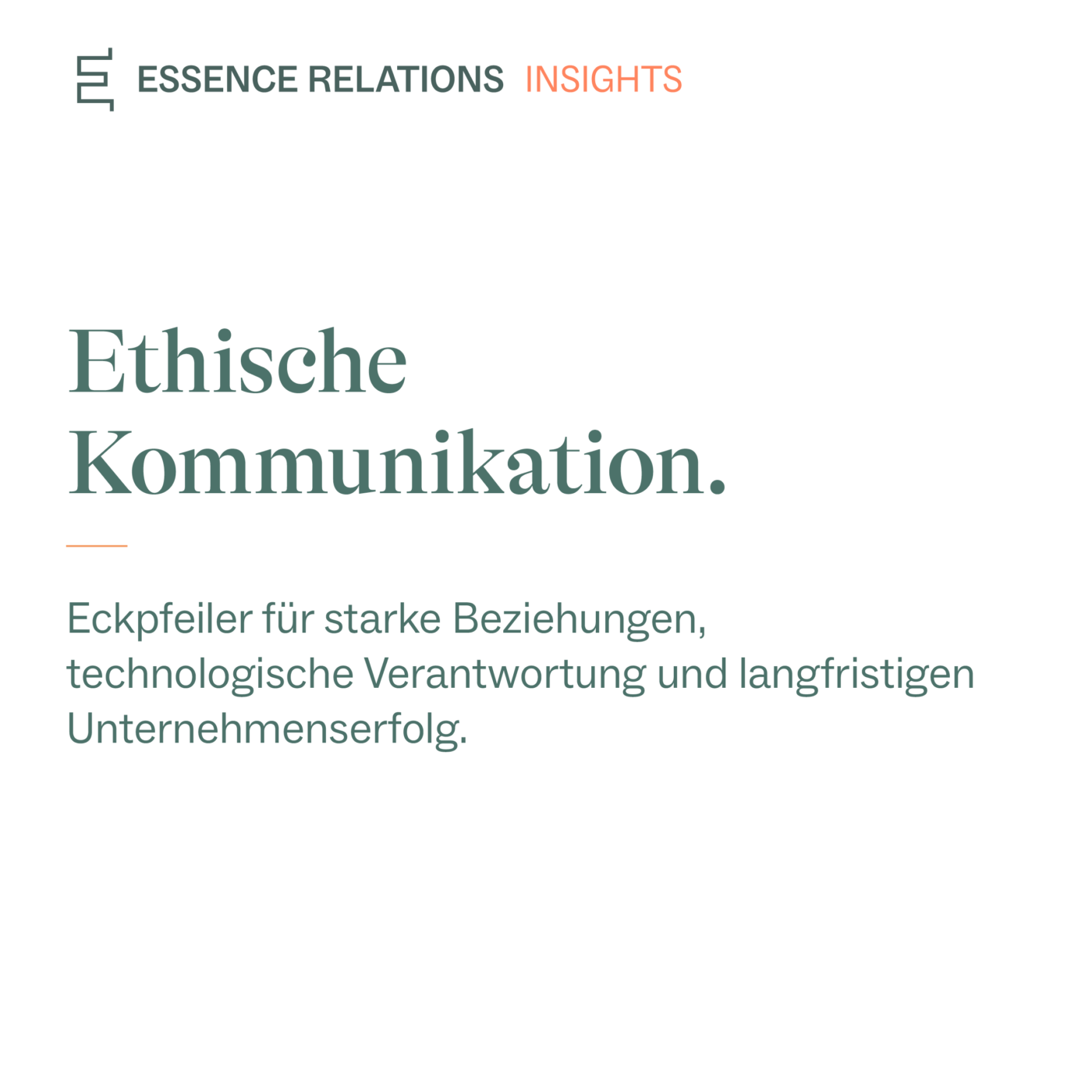Internal Communication: The Framework for a Successful External Dialogue

Without a strategically aligned internal communication framework, companies lack the foundation for a strong corporate culture – and their external communication loses credibility.
What Happens When Internal Communication is Lacking?
Imagine a company where rumours dominate office gossip, leaders send inconsistent messages, and crucial decisions only come to light once they have already been made. The result? Uncertainty, a loss of trust, and employees who feel disconnected from the organisation.
The Invisible Foundation of a Strong Corporate Culture
Internal communication is more than just information management – it is the glue that holds a company together. It transforms employees into passionate ambassadors, providing orientation, cohesion, and motivation. A well-thought-out internal communication strategy not only strengthens corporate culture but also lays the foundation for successful employer branding and an authentic external perception.

Three Key Areas for Effective Internal Communication
1. Employees as the Most Important Ambassadors
- Employees are the most credible representatives of a company – their attitude significantly shapes external perception.
- Identifying with corporate values and objectives fosters loyalty and engagement.
- In times of crisis, informed and engaged employees support even difficult decisions and communicate them positively to the outside world.
2. Clear Structures and Responsibilities
- Effective internal communication requires clear roles, responsibilities, and processes.
- Who informs whom? Who is responsible for which content? These questions must be clearly defined from the outset.
- Delegation rules and absence management prevent communication gaps and ensure a smooth flow of information.
3. Communication as a Leadership Responsibility
- Leaders must actively practise internal communication – delegation alone is not enough.
- Regular, personal exchanges build trust and strengthen a sense of belonging.
- Modern tools and platforms are helpful but cannot replace direct communication between leadership and employees.
From Internal Strength to External Impact
ESSENCE RELATIONS advises companies on a strategic level and supports executives in establishing internal communication as a core leadership tool. With our expertise in change and crisis communication, we help create sustainable structures that foster transparency, trust, and engagement. We develop practical strategies, guide transformation processes, and ensure that internal communication not only functions but becomes a driver of business success.
After all, only authentic and lived internal communication provides orientation, security, and identification – forming the foundation for a compelling external presence.
More Insights
See what Daniel Bloch has to say about ethical communication in our «On a journey to the ESSENCE» format, or read more by clicking our ESSENCE RELATIONS INSIGHTS :
.


